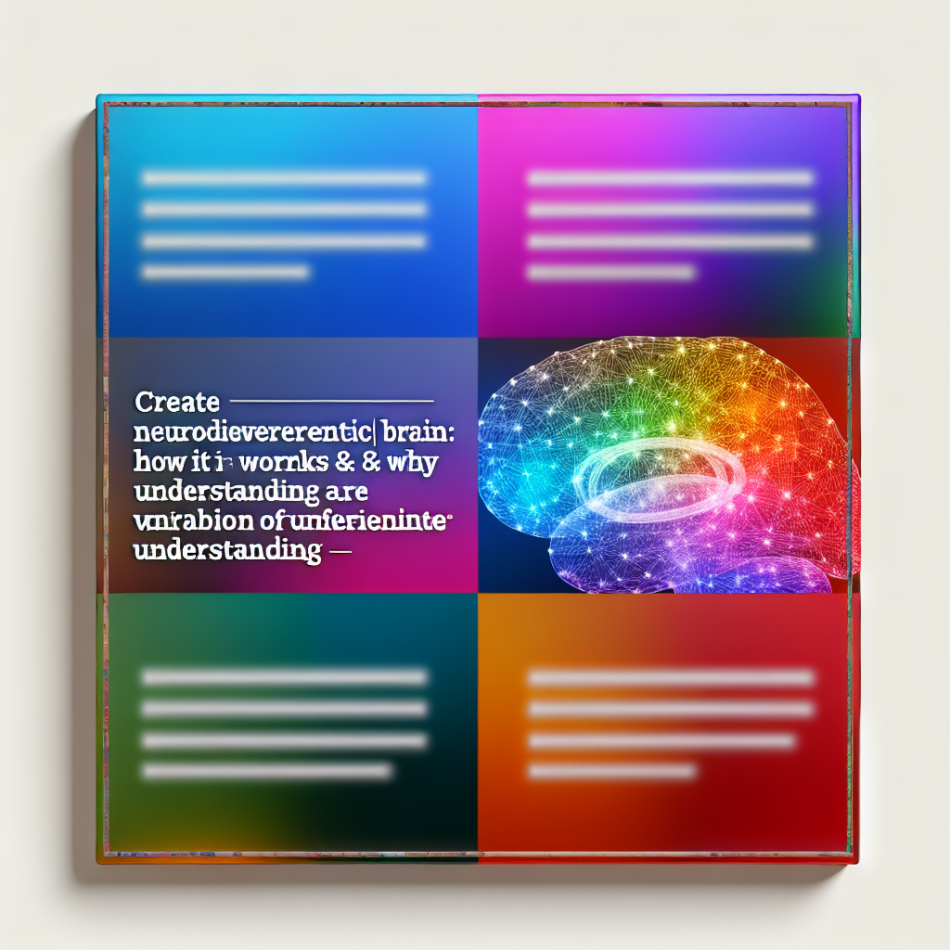What I Wish People Understood About How My Brain Works
Living with a neurodivergent mind means navigating a world that often feels out of sync with the way I process information, emotions, and everyday tasks. From misunderstood social interactions to workplace challenges, the gap between external expectations and internal reality can feel isolating. This article explores the nuances of how my brain operates—covering relationships, work, daily routines—and why empathy, flexibility, and understanding matter.
The Complexity of Neurodivergent Thinking
My brain doesn’t follow a linear path. Ideas, emotions, and sensory inputs often collide in a way that feels chaotic to others but makes perfect sense internally. For instance, a simple conversation might trigger a cascade of tangents, memories, or hypothetical scenarios. This isn’t distraction—it’s hyperconnectivity, where associations form faster than I can verbalise them. This can lead to creative problem-solving but also overwhelm when others expect streamlined responses.
Executive dysfunction is another misunderstood aspect. Tasks like replying to an email or starting a project aren’t just about laziness. They involve navigating mental barriers akin to invisible walls. What looks like procrastination is often paralysis from competing priorities or fear of imperfection. Recognising this requires patience—not judgment.
Relationships: Beyond Conventional Expectations
In relationships, my brain operates on intensity and depth. Small talk feels draining, while meaningful conversations energise. This doesn’t mean I’m disinterested in connection—it’s the opposite. Superficial interactions lack the emotional resonance that sustains me. Partners or friends might misinterpret my need for solitude as rejection, but it’s often a coping mechanism to recharge from sensory or social overload.
Empathy also manifests differently. I might struggle to recognise subtle emotional cues but feel others’ emotions intensely, sometimes to the point of physical discomfort. This paradox can confuse loved ones. Clear communication—like stating needs explicitly—bridges this gap better than assumptions.
Work Environments and Productivity: A Different Approach
Traditional workplaces rarely accommodate neurodivergent strengths. Open-plan offices, for example, bombard me with auditory and visual stimuli, making focus nearly impossible. Remote work or quiet spaces aren’t just preferences—they’re necessities. Similarly, rigid schedules clash with my productivity rhythms. I might work intensely for hours then need extended downtime, which peers misread as inconsistency.
Deadlines and instructions also require nuance. Ambiguity triggers anxiety, while overly detailed directives feel restrictive. The sweet spot lies in structured flexibility: clear goals paired with autonomy in execution. Managers who embrace this unlock creativity and dedication that rigid frameworks stifle.
Daily Functioning: The Weight of Small Tasks
What others consider “simple”—like grocery shopping or attending a appointment—can demand Herculean effort. Sensory sensitivities turn fluorescent lights into migraines or background chatter into mental static. Planning these tasks involves meticulous logistics: noise-cancelling headphones, lists, and buffer time to recover afterwards.
Routines aren’t about monotony; they’re scaffolding. A predictable schedule reduces decision fatigue, preserving energy for unexpected challenges. Deviations, even positive ones, can derail my entire day. This isn’t rigidity—it’s self-preservation.
Communication: Bridging the Gap Between Intent and Expression
My words often fail to mirror my thoughts. I might seem blunt when aiming for honesty or overly analytical when trying to clarify. Sarcasm and idioms confuse me—literal interpretations are default. For instance, “break a leg” initially sounds like a threat, not encouragement. This literalness isn’t naivety; it’s a neurological filter that prioritises precision over implication.
Nonverbal communication poses similar hurdles. Maintaining eye contact feels invasive, not attentive, while facial expressions don’t always align with my emotions. Asking, “Can you clarify?” or “I need time to process that,” helps mitigate misunderstandings.
Conclusion: Building Bridges Through Understanding
Living with a neurodivergent brain isn’t a defect—it’s a different operating system. Relationships thrive when loved ones embrace depth over convention. Workplaces grow innovative with flexible structures. Daily life becomes manageable when others respect the effort behind “simple” tasks. Communication improves through patience and clarity. By shifting perspectives from judgement to curiosity, we create a world where different minds aren’t just accepted but valued. The key lies in listening, adapting, and recognising that diversity of thought enriches us all.
